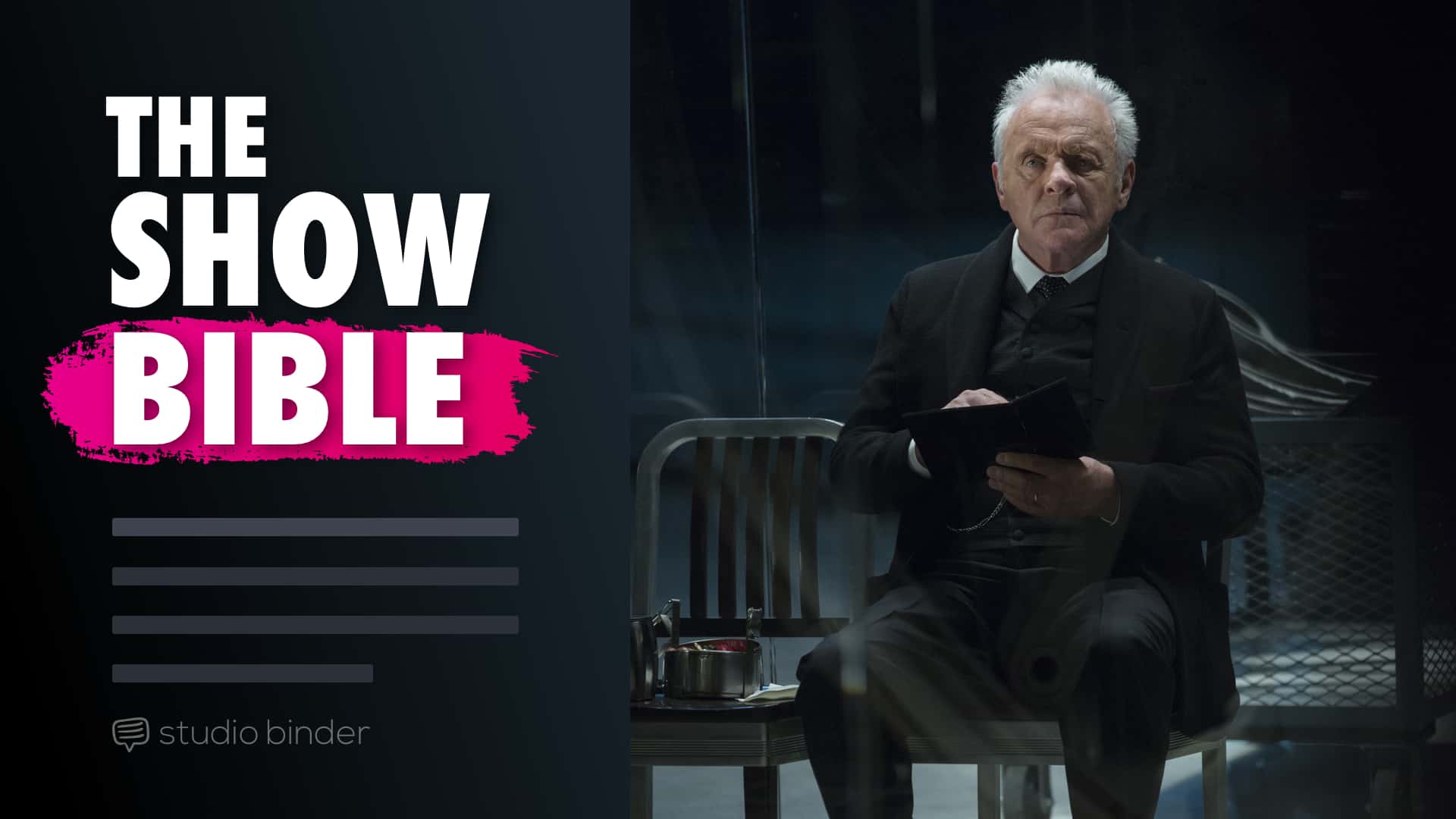
_Page_1.png)
Here the “Bad Guy” does close in as he decides to partner with Dupree and, borrowing against his house, gets money to buy an RV that will serve as their mobile meth lab. Although he has a good motive (to help his family out financially before he dies), Walt is his own enemy. Bad Guys Close In (pgs 29-39): In this story, Walt is his own Bad Guy. 29): Walt partners with former student and drug dealer Dupree to manufacture and sell meth. Fun and Games (pgs 16-29): As Walt’s life spirals down when he learns he has cancer and two years to live, he cooks up a plan to leave money for his family. (Two potential subplots: Walt’s wife’s pregnancy and his relationship with fellow teacher.)Ĩ. B Story (Subplot Intro by) (pg 16): No Subplot.
#TV PILOT TEMPLATE TV#
(Note: Traditional TV dramas are structured in four acts, with Acts Two and Three corresponding to Act Two in a feature film.) (pg 17 four pages later than desired.)ħ. Break into Two (pg 13): The first act in the three-act structure ends with Walt collapsing (from his illness) at Cal Tech, his alma mater. 6-13): Walt debates his next move, as he puts up with snooty students at school, swallows his pride at his job at a carwash when he dries the car of one of his disrespectful students, and listens to Hank suggest that Walt become more pro-active in his moonlighting job by turning in the carwash owner to immigration authorities. 6): Walt sees on TV that his DEA brother-in-law Hank broke up a meth lab and confiscated $700,000. Set-Up (pgs 1-5): The Teaser, in which Walt crashes his RV and uses a camcorder to record a cryptic farewell to his wife and son, before waiting, gun in hand, for the police to arrive.

Theme Stated (pgs 1-3): Speaking into a camcorder, Walt states his love for his family and explains that what he’s done, he’s done for them. Opening Image (pg 1): An RV, driven by a crazed man in his underpants (main character Walt, played by Bryan Cranston), barrels over a pile of cow poop and crashes. The following are the beats (calculated for a 57-page script, using the Screenplay Beat Calculator found on this website) and their corresponding page numbers (on the pilot script): Emmy Award Winner Bryan Cranston of “Breaking Bad”ġ. btw, Vince co-wrote (with Chris Carter) one of my favorite X-Files episodes, “Soft Light.” Subconsciously, Vince Gilligan‘s pilot script, which he wrote in 2005 and is one of the first drafts, follows Blake’s template, with a few exceptions. Sure enough, a TV pilot hits those same beats. So I pulled out a copy of the Breaking Bad pilot episode and analyzed it to see which beats it hit, if any. Do the 15 beats apply to TV series? And, if so, by hitting those beats does the writer end up with a well-written series? My friend’s remark got me thinking about Blake Snyder’s beat sheet for feature films. But those that are great can thank their writers, who know a thing or two about structure. Like features films, not all TV shows are created equal. Sure there are some poorly written series, but there are also plenty of poorly written movies - you know, the ones that leave you asking why you wasted two hours of your life watching them.īesides, a screenplay can take years to go from idea to screen - whereas a TV series, staffed with terrific writers, comes up with compelling ideas that go from script to screen in a couple of months. Each episode is like a mini-movie.Īnd on the comedy side, there are cleverly written shows, whose 22-minute episodes entertain and delight - such as 30 Rock, Two and a Half Men, and The Big Bang Theory. Look at Breaking Bad, Lost, and Mad Men, to name a few dramas. My friend verbalized what I had always thought: Week in and week out, TV offers compelling and memorable scripted shows. “I hate TV because it’s so well written.” I took his bait: “OK, why do you hate TV?”

I expected him to lash out about how TV is mindless entertainment and how it rots your brain. That’s what a screenwriter friend shouted as he sat down across the table from me at a Studio City Starbucks the other day.īeing a TV guy, I’m used to hearing condescending remarks from screenwriters. Many of his workshop students have gone on to staff positions on TV shows, including Third Watch, Samantha Who? and Medium.
#TV PILOT TEMPLATE SERIES#
He also has taught TV-writing intensive workshops for Native American and Latino writers, sponsored by ABC and NBC, as well as a Web Series writing class for MFA students at Cal State University, Los Angeles. Before becoming a freelance writer/producer, Geoff was Vice President in charge of Story and Writer Development at NBC, where he worked for 12 years. This is the first of a series of blogs by Geoff Harris on the STC! principles and TV writing.


 0 kommentar(er)
0 kommentar(er)
